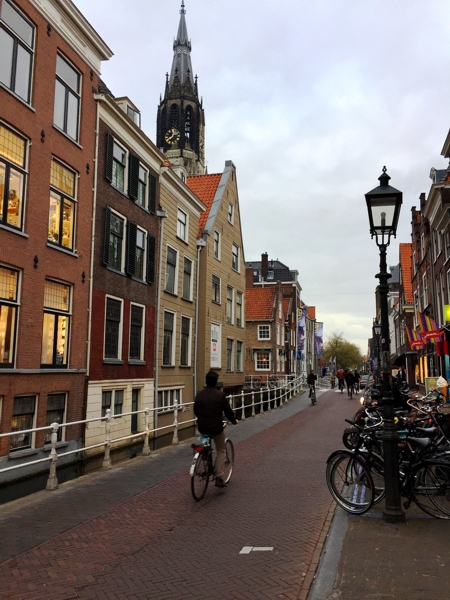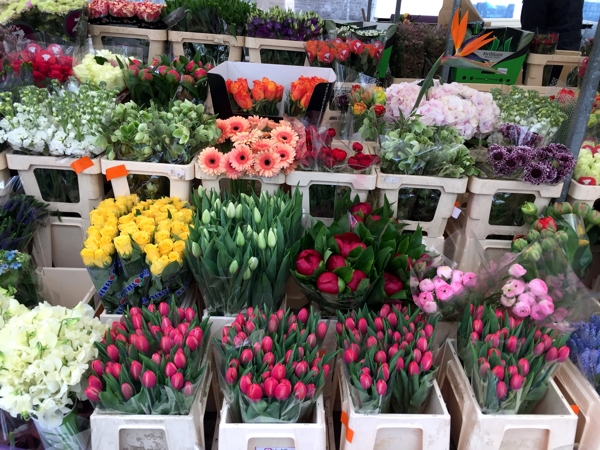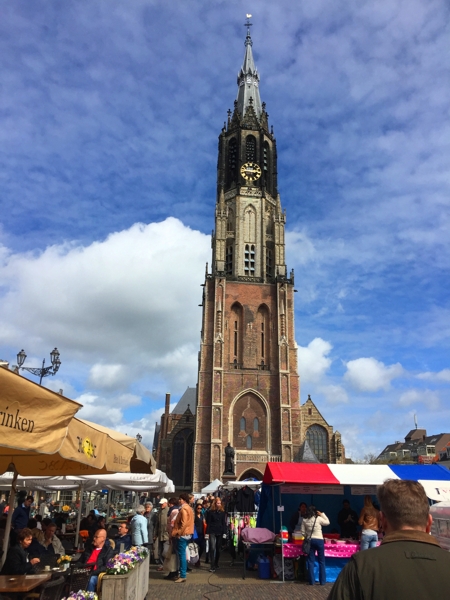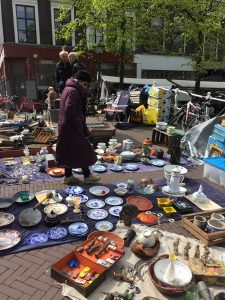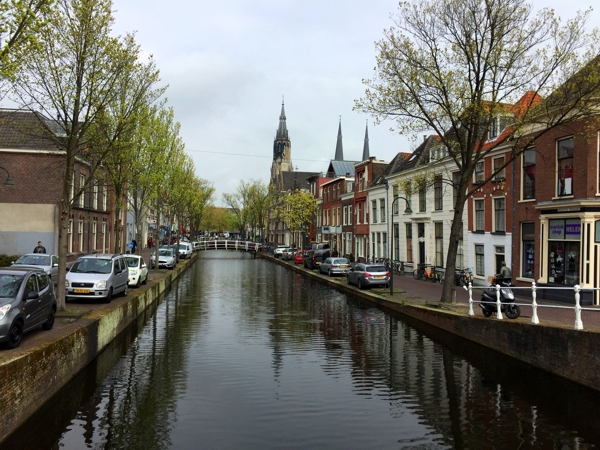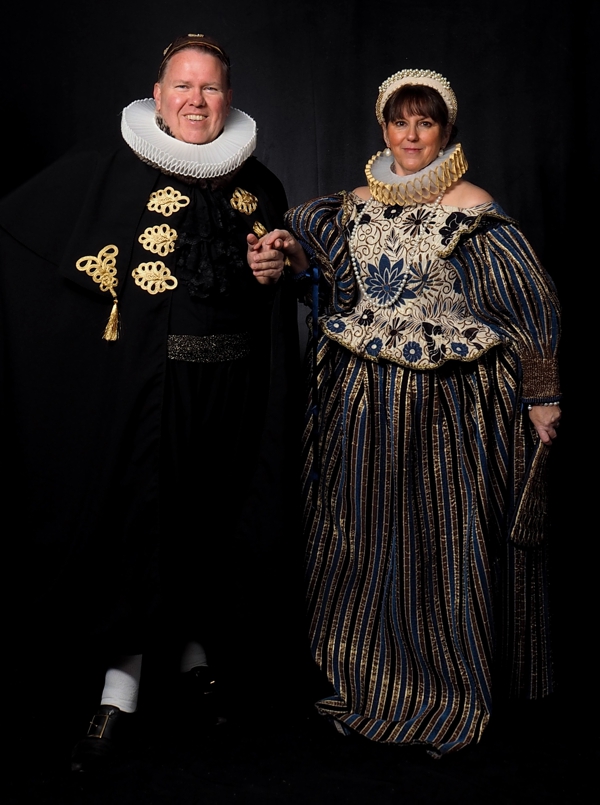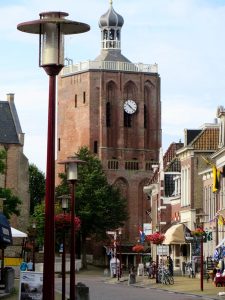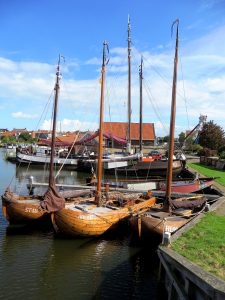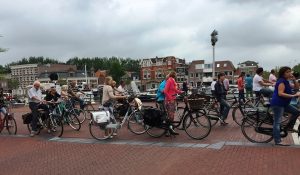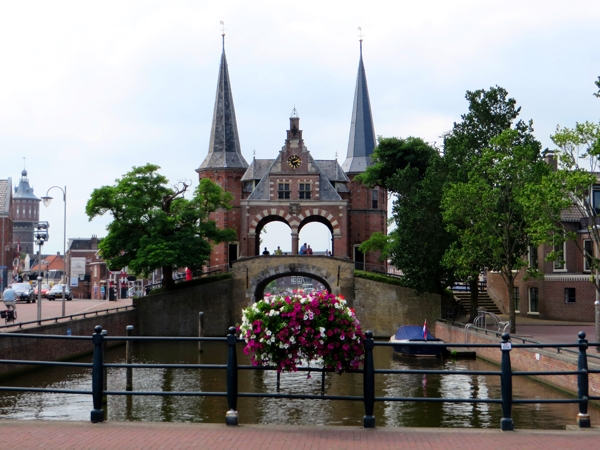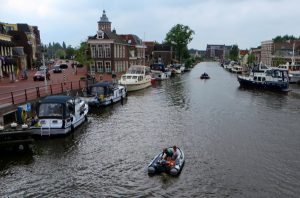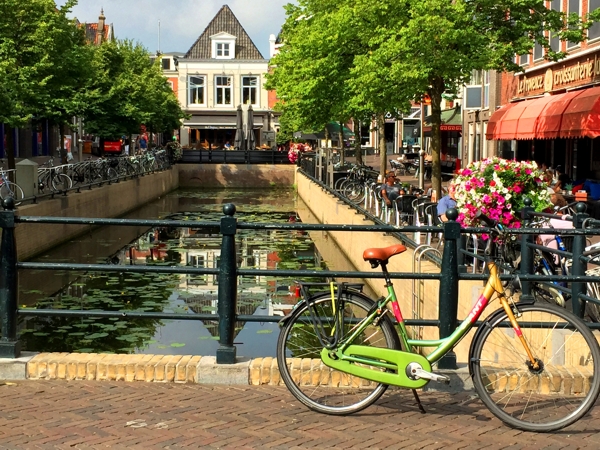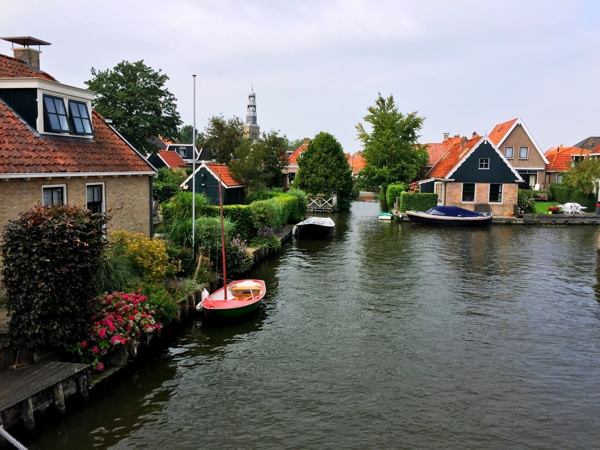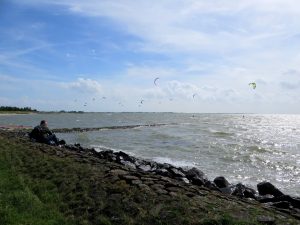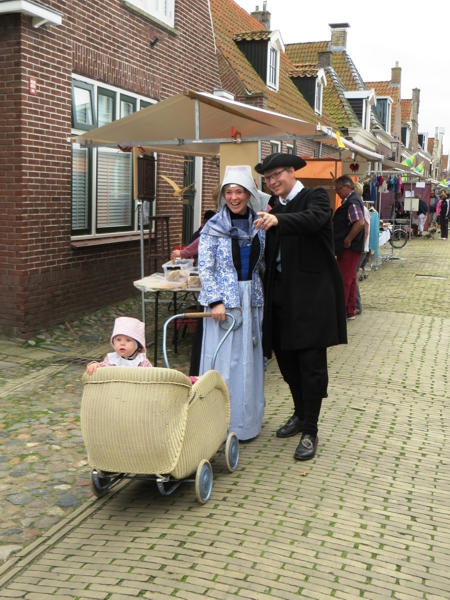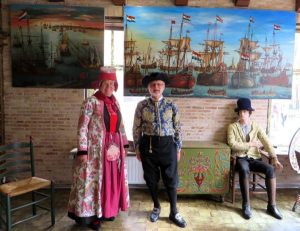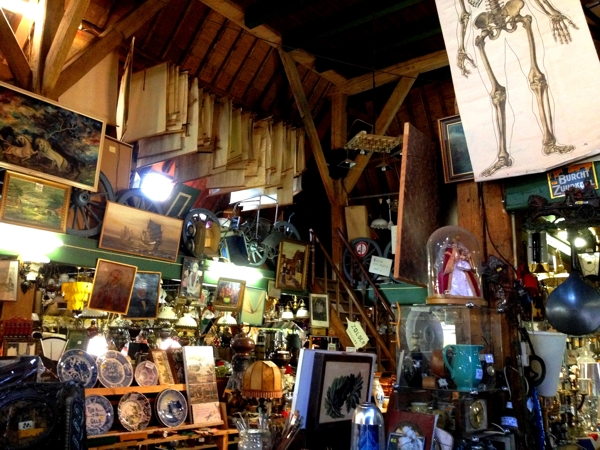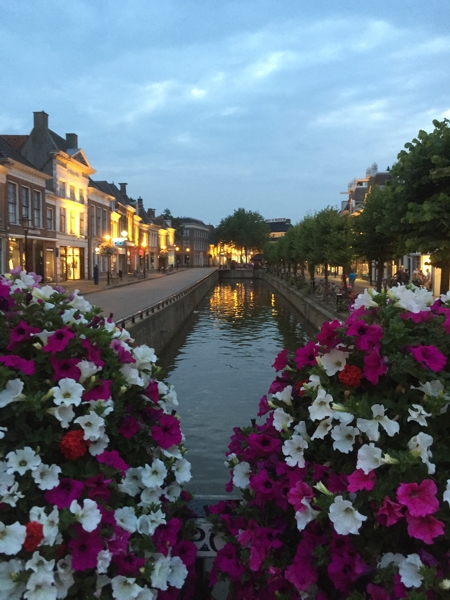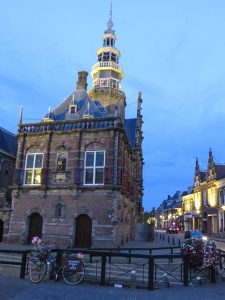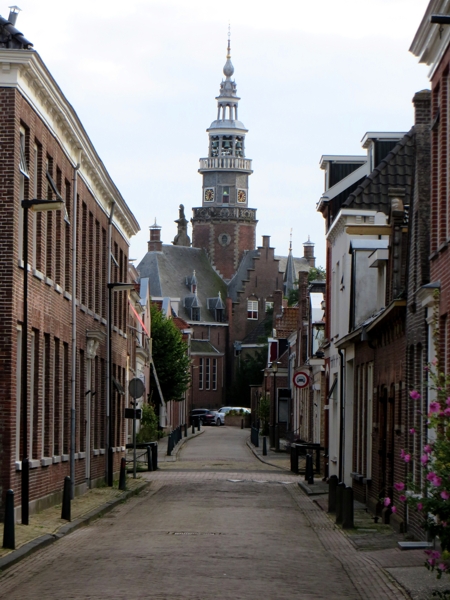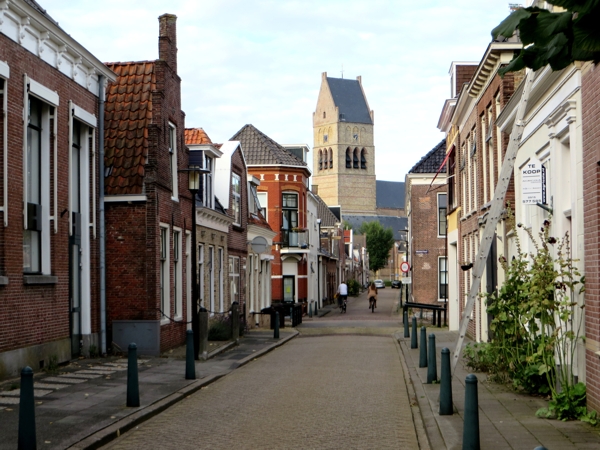Before I start with the promised second half of our trip to Delft, I must apologize for the hiatus. It’s been a little while since you have heard from the two little piggies and we are going to rectify that now. We’ve got lots of upcoming trips planned, along with a few voyages past that we plan to share with you over the coming months. We hope you will join us, and forgive our “slight” delay.
At the end of our last post about our visit to Delft we promised to tell you about some wonderful locally made artisan chocolate. Also, we’ll share our favorite restaurant for Indonesian rijsttafel (rice table), and talk about the ultimate Dutch cookie, the stroopwafel. We promise not to keep you in suspense any longer so let’s get going.
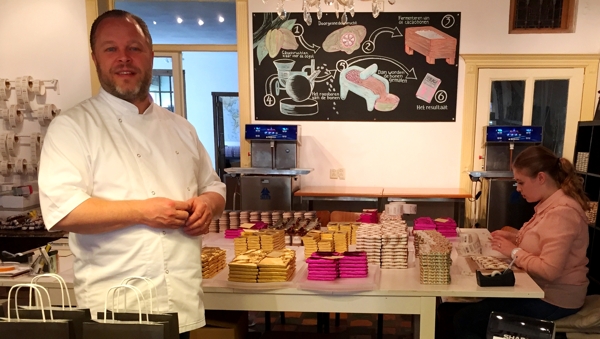
It’s no secret that Bill and I are big chocolate fans. We have tasted some of the best varieties that Europe has to offer. Belgium has usually ruled as the victor in the chocolate taste test battle. There was that moment in Troyes, France at Pascal Caffet Chocolatier where we were transported by the most scrumptious chocolates, but I digress. Give me a moment to wipe the drool from my mouth. We were pleasantly surprised to find a wonderful chocolate shop where everything is handmade on the premises in the lovely city of Delft.
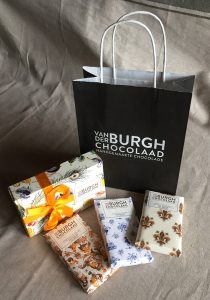
We happened upon Van der Burgh Chocolate while blissfully wandering and peering into shop windows. Our chocolate radar is always on and the window display at the building located at Vrouwenregt 2 immediately set off our alarms. The array of lovely blocks of chocolate all neatly wrapped up in exquisite papers had us intrigued, so in we went.
As we walked through the doors of the building that dates back to 1610, we met Richard van der Burgh, the owner and Founder of Van der Bergh Chocolaad. He and his wife Joyce have been creating heavenly handmade indulgences since 2011. They pride themselves on working with small, Fair Trade chocolate producers and utilize only the best ingredients. You’ll bite into hazelnuts from Italy or taste the intense coarsely ground coffee from Ethiopia. But the taste is only one aspect of these delightful treasures. They look stunning as well. Each bar is lovingly created and then hand wrapped on the premises in some of the most beautiful papers. A wide array of bars are clad in designs from Italian Florentine, to images from famous paintings by Vermeer. They make wonderful gifts since they delight all the senses. You can peruse and order from their website at: https://www.vanderburghchocolaad.nl/
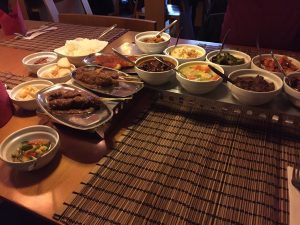
When you think of Dutch gastronomy, some minds usually wander to the old standbys of herring or possibly Dutch pancakes. But did you know that it is also famous for its Indonesian cuisine? It was brought back to the Netherlands by former colonials returning from the Dutch East Indies during the 19th and early 20th century. The spicy and varied dishes which are almost ceremonially presented are a true feast! We made reservations at our favorite Indonesian place, Restaurant Redjeki at Choorstraat 50 in Delft for rijsttafel (rice table). We have enjoyed this banquet in several different establishments in the Netherlands, and Redjeki is one of the best. The rijsttafel is not for the faint of heart, or small of belly. The trick is to show up hungry, eat slowly, and enjoy every morsel. The meal consists of plenty of rice dished up with a variety of seven or more entrees of varying levels of spiciness served alongside accoutrements that might be pickled, hot, cold, salty, or sweet. The dizzying variety of flavors somehow all work together and make for a fantastic and belt-loosening experience. Interestingly enough, you might have a difficult time finding rijsttafel back in Indonesia where it fell out of fashion after that country proclaimed its independence in 1945.
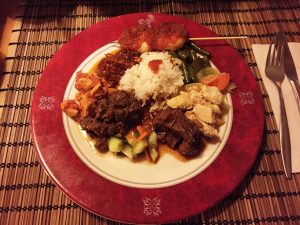
Of course, after a meal you want something sweet. And nothing fills that role better than the Stroopwafel. They are not usually served in restaurants, so we have them with a pot of tea when we get home. This divine concoction is a combination of crisp, wafer-thin waffles filled and glued together with a special caramel syrup. They are usually about 4 inches in diameter and sold in packs of 8, stacked like a cylinder. They are heavenly eaten out of the pack or perfect to rest on top of a mug of tea or coffee, where the heat melts the syrup inside. Of course, the best way is to
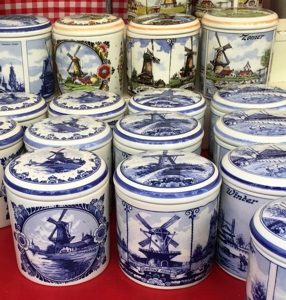
find one of the outdoor vendors usually out on market day. Your nose will alert you if there is one nearby well before you see it because they are usually found making stroopwafels fresh on hot waffle irons. Hot syrup from an open vat is spread on the freshly split waffle as it comes out of the iron. These are not the small crisp 4-inch models. They are usually about the size of a salad plate and handed to you in a wax paper sleeve soft, warm, and gloriously oozing syrup in the middle. They also sell packs of pre-made waffles in lidded porcelain jars decorated with traditional scenes of Dutch life. The containers make wonderful souvenirs.
Delft is a lovely and often overlooked destination frequently overshadowed by the larger cities like Amsterdam. It is certainly worth a visit and one of our favorite places. We hope it becomes one of yours as well.


